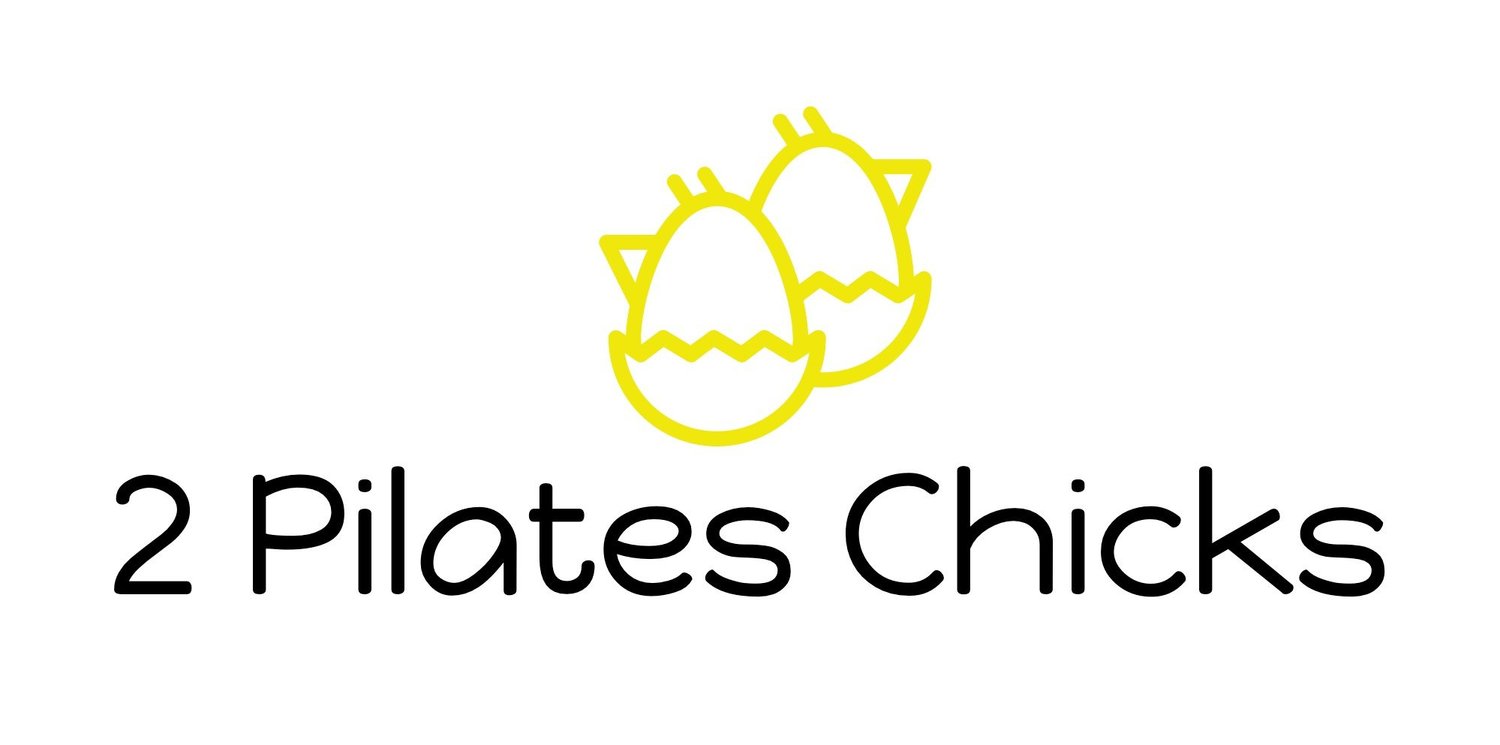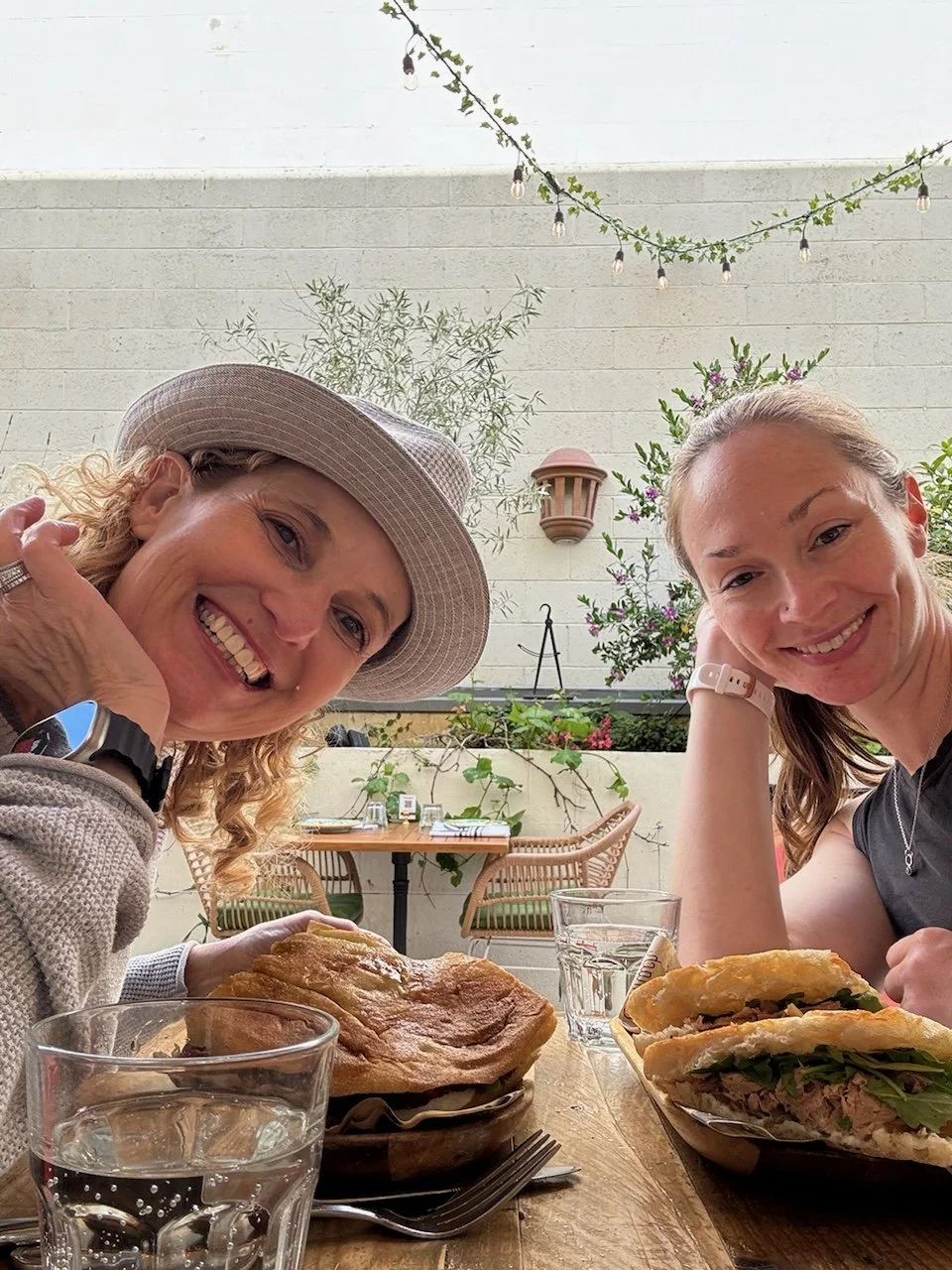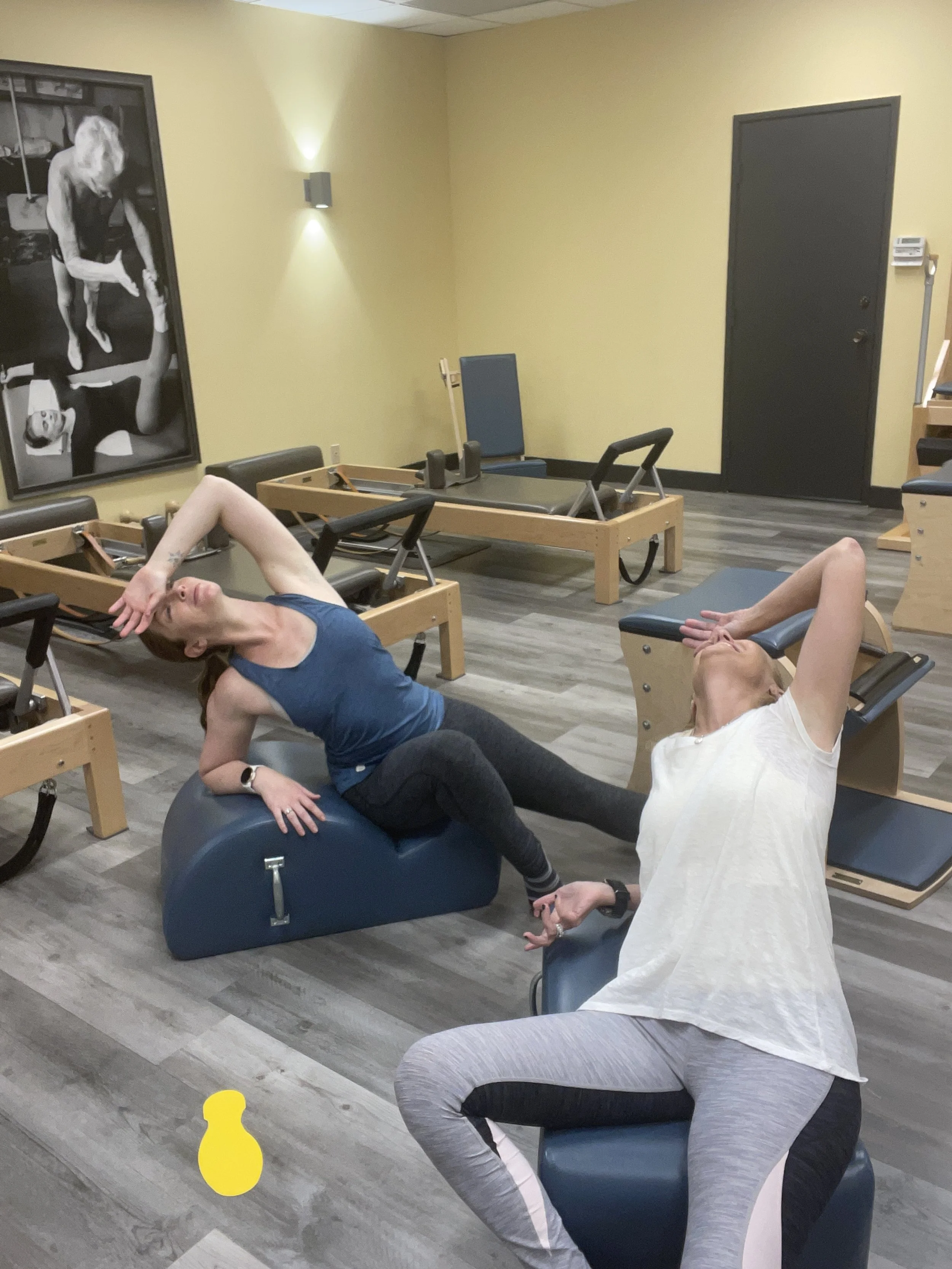What makes an effective Pilates cue?
What makes a cue effective in Pilates? Why are some cues overused or outdated? How can we update our language to help clients better understand and connect to what we're asking for in an exercise?
In Season 5 Episode 8, “Cueing- Outdated to Updated”, we discuss ideas around cueing such as what cueing is, cues that have become common that are misused or outdated, what we're trying to communicate with those cues, and how to update them to be more effective and accurate. We explore the limitations of some commonly used cues and propose alternative language that can enhance client understanding and movement.
Clear and effective cueing is fundamental to a successful Pilates practice. Precise instructions guide clients toward achieving the intended benefits of each exercise while minimizing the risk of injury. There are many different approaches to cueing in fitness and Pilates. Overall, the intention of cueing a movement is to give a client a correction or a focus and approach to achieving the exercise in a specific way. Different clients have different learning approaches, and some will connect more to internal cues versus external ones, metaphors, or action cues. Cueing is a conversation with the client, finding the appropriate and effective ways to guide their specific needs.
We should not be cueing clients based on a memorized list of things to say for each exercise. There are some common guidelines for exercises to teach the movement to the client initially, but the continuing cues and corrections for the client should be individualized. We have to watch to see what they need in that moment. Once the client learns the sequence of the exercise, we are not cueing the exercise, but rather we are cueing the client.
Some cues that have become common jargon for Pilates teachers inhibit the clients' movement by creating a dissociation between what the exercise is asking for, and what the cue is encouraging. Teachers need to guide clients with cues that accurately connect to the purpose of the exercise so that the client can take action, and feel successful and confident as they move.
Outdated Cues
Several common Pilates cues hinder movement and counteract the goal of the exercise.
Keep the Neck Long
Keeping the neck long inhibits movement in extension exercises. Spinal extension initiates from the cervical spine, so by cueing to keep the neck long the client will remain looking toward the floor which will inhibit the mobility of the thoracic spine and limit the practice of the extension. While some clients may need reminders to avoid excessive neck hyperextension, this cue generally over restricts the typical client.
Instead, allowing an upward gaze guides clients to lift, and cues can then focus on maintaining length during movement. We want to teach clients to be able not just to fling their head back but to create length as move in their range of extension.
Vertebrae by Vertebrae
This cue for rolling down is outdated and unhelpful for proper sequential spinal movement. The goal is controlled peeling, not collapsing through the spine. While it aims for articulation and control, it's anatomically impossible to move vertebrae individually. The original idea with this cue is to encourage peeling down with control and articulation instead of moving through the spine in one motion. Often this cue creates a stiffness in the body that can be seen as the client tries to move through one spinal level, forgetting about the connections to other parts of the body.
Instead, consider cues like "peel your spine off the mat like a band-aid" to encourage controlled lengthening and sequential movement. Kathy Grant's "numbers idea" is another great tool. Clients imagine their spine numbered 1-11, head to tailbone. They find their unique "numbers," how to move through them, and where they feel restricted or more articulation. This helps them find their range of motion. Instead of feeling like they failed at moving one vertebra at a time, they are finding their unique range as they are working through the idea.
Knit the Ribs Together
This cue, aiming to minimize anterior rib flare to lengthen the mid back and find better overall alignment, can create compression and collapse the body, negatively impacting shoulder and hip alignment. It's commonly used in movement practices such as dance and Pilates.
Instead, encourage length and movement through dynamic alignment. Cues like "breathe into the back of the ribs" or "slide the rib cage container back" achieve the same outcome but promote movement and posterior expansion instead of collapsing the anterior flare. This helps clients find the optimal position for their body alignment.
Strategies for Effective Cueing
Teachers need to think about what it is they're asking from their client, the purpose of the exercise, and how the client interprets the exercise. Here are the focus points:
Client Needs: What does this individual need? Why am I giving them this exercise?
Exercise Purpose: What is the goal of the exercise? How does this person respond?
Individualized Cues: What else might they need at this moment? Is the cueing helpful for them to connect?
Based on this evaluation, consider if the chosen cue effectively connects the client's needs, the exercise goal, and the client's understanding. Effective cues should align with the client's goals, the exercise objective, and proper biomechanics.
Teachers don't need to memorize lists of specific cues to learn how to cue. The focus should be on how to think about cueing. When cueing clients, the goal is for them to have control and autonomy over finding their movement, discovering it themselves with guidance from the teacher's cues, rather than being told exactly what to do.
The key questions are:
What are we asking for with this cue?
What is the purpose of the exercise?
How is the client responding to it?
These should be aligned. If they aren't connected, we're missing the purpose of the exercise.
Cues should be simple and concise, not used to fill silence or repeat memorized lines. Teaching Pilates is a constant journey of learning and discovery. Teachers should keep cues updated instead of relying on memorized phrases.





